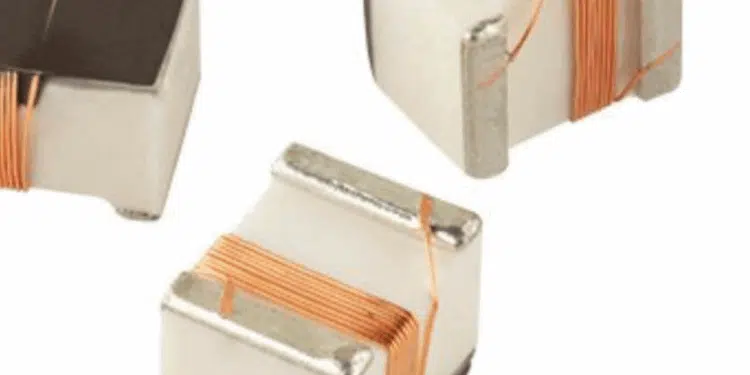Knowles Corporation unveils high Q ceramic core inductors designed for minimal signal loss and high reliability in medical, defense, and industrial markets.
Knowles Corporation, a leading manufacturer of specialty electronic components, including high performance capacitors, radio frequency (“RF”) filters, advanced medtech microphones, and balanced armature speakers, announced the introduction of its High Q Ceramic Core Inductors, designed to optimize RF efficiency and signal integrity across mission-critical applications in medical, defense, and industrial sectors.
“This launch marks a strategic expansion of Knowles’ Ceramic Capacitors portfolio into adjacent technologies, leveraging our core expertise in advanced materials,” said Knowles’ VP of Ceramic Capacitors, Amrita Khemchandani.
“In mission critical electronic circuits, inductors often work alongside the high-performance capacitors we already supply. By adding inductors to our passive components lineup, we simplify circuit design and empower our customers with greater insight into the applications where these components are essential.”
Engineered for reduced signal loss, these new inductors deliver high energy efficiency and consistent inductance across a broad frequency range. This performance enables engineers to maintain signal integrity and elevate overall system efficiency in high-frequency designs.
“Engineers working on high-frequency applications know that every fraction of a decibel in signal loss can impact performance,” said Victor Lu, Director Product Management, at Knowles.
“We’ve drawn on our deep expertise in ceramic materials and RF components to develop high performance inductors that minimize energy loss while providing performance and reliability our customers require.”
Key Features of Knowles’ High-Performance Inductors
- High Q Factor: Reduced signal loss enhances RF efficiency, ensuring clearer signals and minimized distortion
- High SRF: High self-resonance frequency ensuring excellent performance at higher frequency ranges
- High Reliability: Designed to endure rigorous operational environments, making them ideal for mission-critical applications
- Versatile Package Options: Ability to offer multiple form factors to accommodate various design needs and space constraints
In markets like medical imaging and defense, where system performance and reliability are non-negotiable, these characteristics drive better outcomes including sharper diagnostic images, clearer signals, and more reliable systems.































